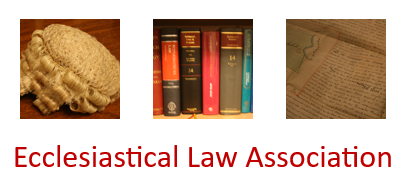The petitioners sought a faculty for an extension to be added to the north side of the church and for internal re-ordering, including replacement of the pews with partially upholstered chairs, some new furniture, disposal of the pulpit and lectern, the relocation of a chest tomb, and the introduction of a nave plinth. The Victorian Society argued that the loss of all the pews would rob the church of its character, and the removal of the pulpit could not be justified. Also, it did not consider upholstered seating appropriate. A number of parishioners also raised objections. Taking the proposals as a whole, the Chancellor was satisfied that they would provide a better environment for the varied worshipping needs of the church, community events and provision for children's activities. The Chancellor therefore granted a faculty.

